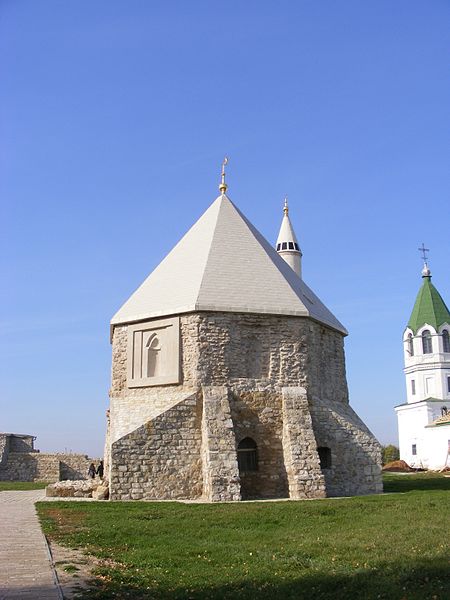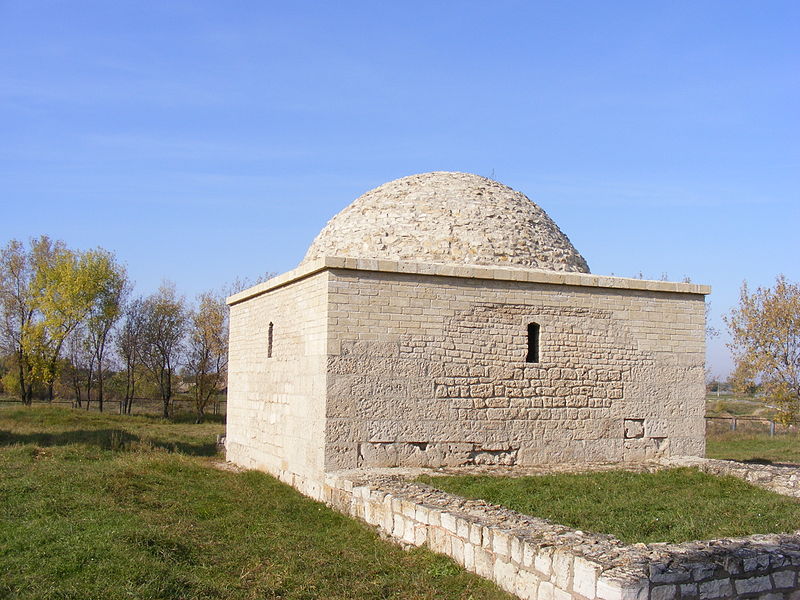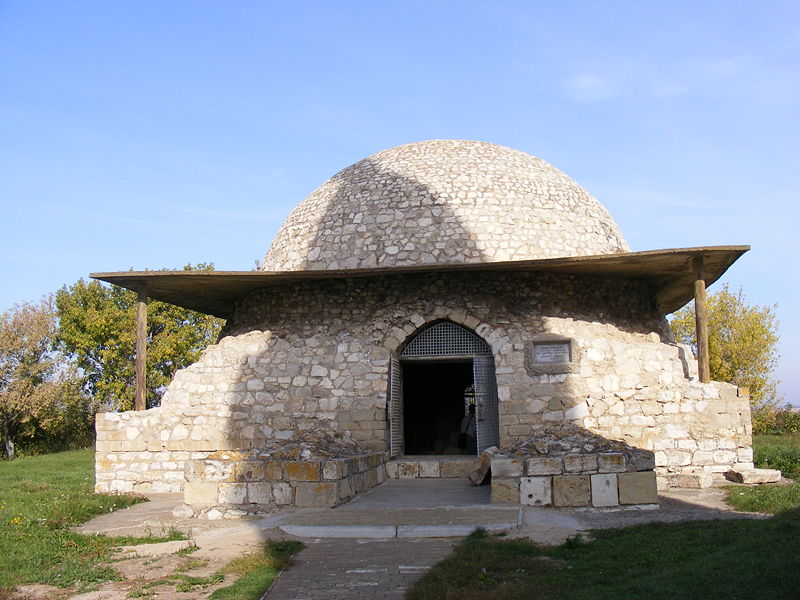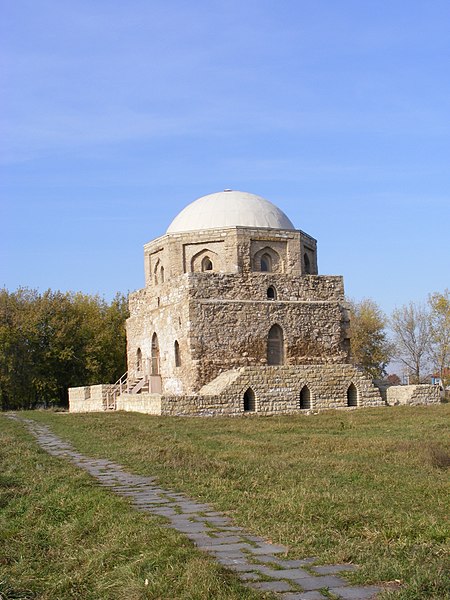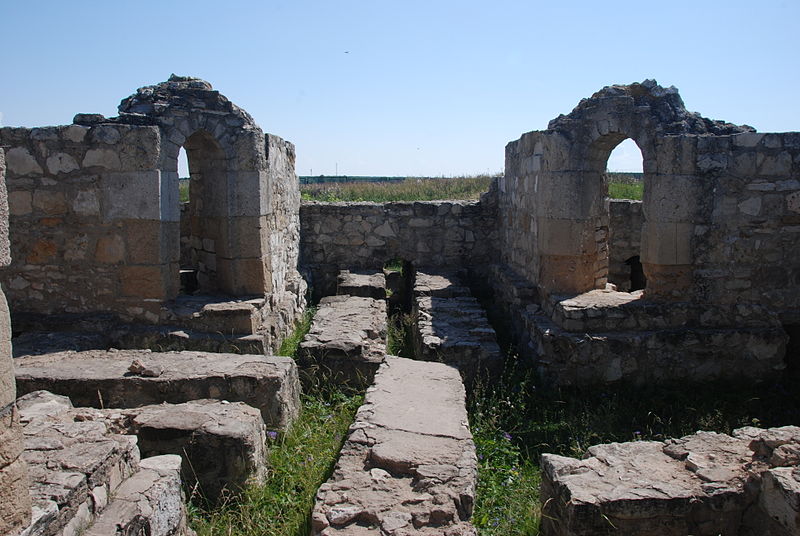Bolghar
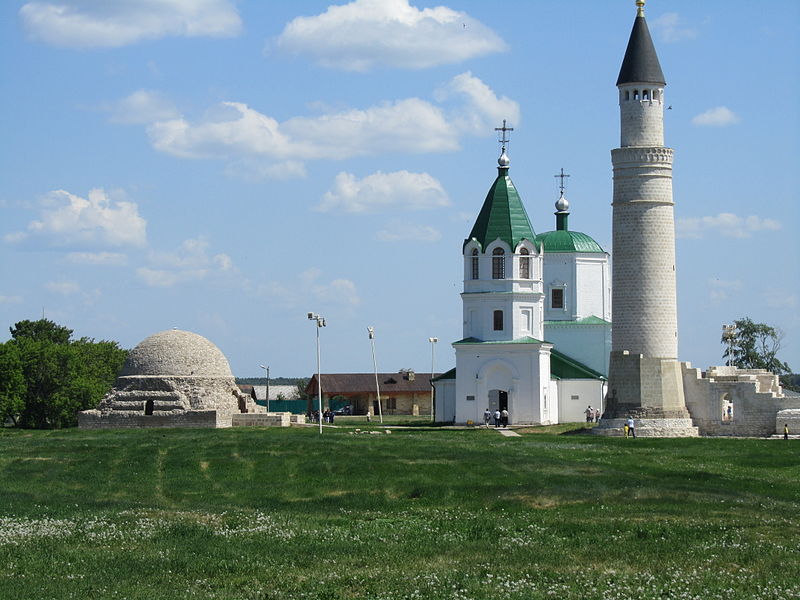
Facts and practical information
Bolghar, once a medieval city on the Volga River, is a significant archaeological site in Russia, unveiling the historical depths of the Golden Horde period. Situated about 140 kilometers from the city of Kazan in Tatarstan, this ancient site offers a unique glimpse into the past, where East met West in a vibrant cultural exchange.
Founded in the 8th century, Bolghar grew into a flourishing trade center by the 13th and 14th centuries, serving as the capital of the Volga Bulgaria before becoming an important hub within the Golden Horde. The city became a melting pot of cultures and religions, including Islam, which played a pivotal role in the region's development.
Today, visitors to Bolghar can explore the remnants of this once-great city, where archaeological excavations have unearthed mosques, mausoleums, and other structures that testify to the city's historical significance. Among the notable findings are the ruins of the Great Minaret, the Northern Mausoleum, and the Eastern Mausoleum, all of which reflect the sophisticated architectural styles that were prevalent during the city's heyday.
The Bolghar Historical and Archaeological Complex, as it is formally known, was recognized by UNESCO as a World Heritage Site in 2014, emphasizing its value not only to Russia but to the world at large. This acknowledgment underlines Bolghar's role in the spread of Islam in the Volga region, and its importance as a symbol of the Golden Horde's influence.
In addition to its historical and cultural importance, Bolghar also offers educational opportunities for scholars and archaeologists. Continuous excavations and research contribute to our understanding of the social, economic, and cultural dynamics of the medieval societies that thrived along the Silk Road.
Tatarstan
Bolghar – popular in the area (distance from the attraction)
Nearby attractions include: The Bulgarian State Historical and Architectural Museum-Reserve.


